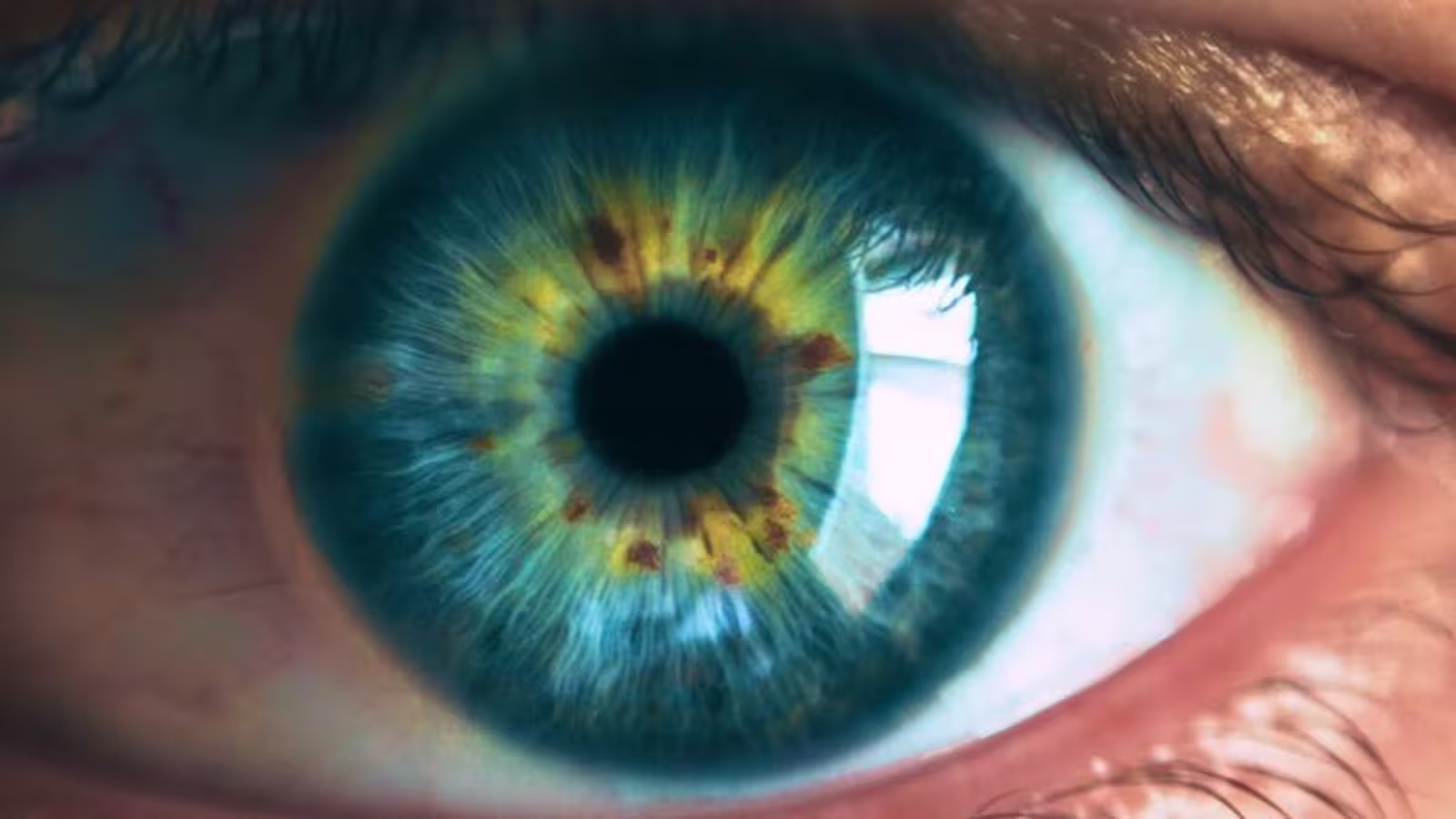4 Minutes
Visual Behavior and Memory: A New Diagnostic Clue
The way people scan and sample visual scenes changes subtly with age and neurological illness. A recent study by a research team spanning Canada and the West Indies examined whether those changes in eye movements could serve as markers for memory impairment and cognitive decline. Using eye-tracking technology and controlled image-viewing tasks, the investigators sought systematic differences in how individuals with varying levels of memory function visually explore their environment.
The authors report that reduced memory performance correlated with a narrower, less adaptive pattern of gaze behavior. In other words, participants with poorer memory tended to focus repeatedly on similar areas of images and showed less diversified exploration across different scenes and repeated viewings. These behavioral signatures emerged even when participants were not given explicit instructions beyond freely viewing images, suggesting that natural gaze patterns may reflect underlying brain health.
Study design and experimental details
Participants and eye-tracking protocol
The study compared younger and older adults, including volunteers diagnosed with conditions affecting memory and cognition. All participants completed eye-tracking tasks while viewing sets of images. The researchers varied the number of pictures shown and how often images were repeated to evaluate both initial visual sampling and adaptive changes on subsequent exposures.
Measured outcomes
Key metrics included gaze dispersion (how widely viewers scanned a scene), the variability of fixation points across images, and the degree to which individuals adjusted their viewing when images reappeared. Lower memory function was associated with reduced dispersion and more uniform gaze patterns across distinct and repeated images, indicating less individualized scanning strategies.
Key findings and scientific context
The research supports growing evidence that eye movement behavior is linked to memory processes and brain structures such as the hippocampus, a region central to forming and retrieving memories. While the authors did not speculate extensively about causal mechanisms, they noted consistency with prior studies that connect hippocampal function to visual exploration and memory-guided viewing behavior.
These results suggest that naturalistic gaze metrics—collected with relatively inexpensive eye-trackers—could complement existing cognitive assessments. Such objective behavioral markers might eventually help flag early cognitive decline without immediate reliance on neuroimaging or lengthy neuropsychological batteries. However, the authors caution that translating these findings into a clinical screening tool requires larger, longitudinal studies to determine sensitivity, specificity, and practical protocols.
Implications for dementia detection and future research
Detecting dementia in its earliest stages remains a global priority. Several recent investigations have identified ocular biomarkers for neurodegenerative diseases, including structural and functional changes in the retina and pupil dynamics linked to Alzheimer's disease. This study adds a behavioral dimension: altered eye movement strategies may precede or accompany memory loss and could be integrated with other markers for improved early detection.
Potential next steps include longitudinal tracking of gaze patterns over time, combining eye-tracking with neuroimaging to map gaze changes to specific neural degeneration, and developing standardized tasks for clinical screening.
Expert Insight
"Eye movements are an accessible window into cognitive processes," says Dr. Maria Alvarez, a fictional cognitive neuroscientist specializing in aging. "If these patterns reliably reflect hippocampal dysfunction, eye-tracking could become a low-cost adjunct to early screening programs. The challenge is building robust, generalizable algorithms that account for individual differences and sensory factors like vision acuity."
Conclusion
This study provides compelling evidence that subtle variations in natural gaze patterns correlate with memory performance across a continuum of brain health. Reduced visual exploration and more stereotyped fixation behavior were associated with poorer memory, suggesting eye-tracking could become a practical, noninvasive tool for early detection of cognitive decline. Further research is needed to validate these metrics longitudinally, link them to specific neural changes, and integrate them into clinical workflows for dementia screening and monitoring.
Source: pnas


Leave a Comment